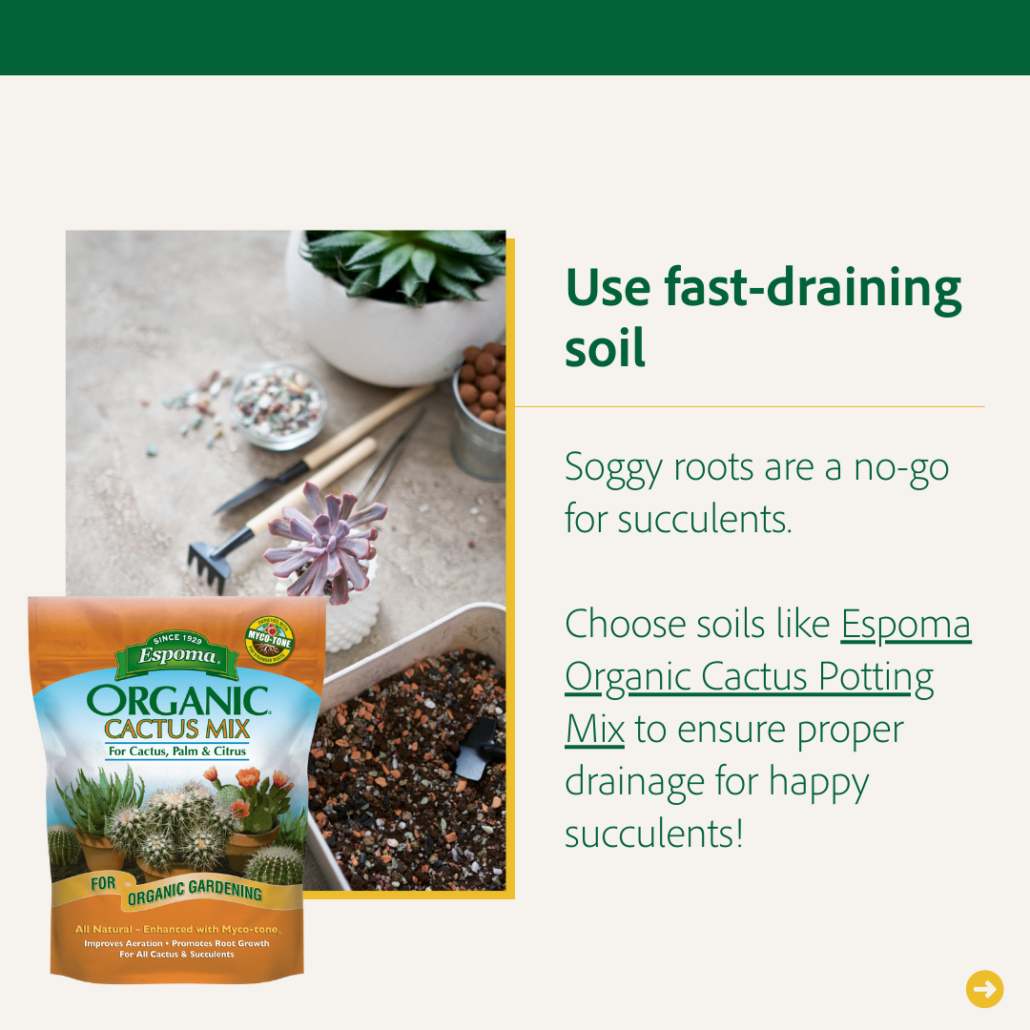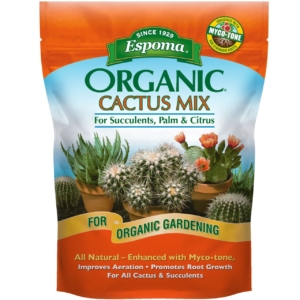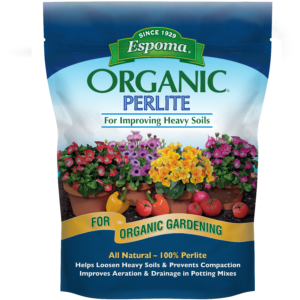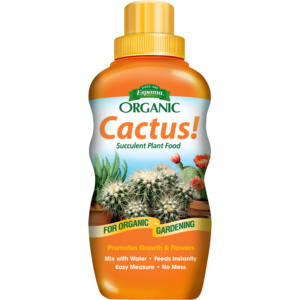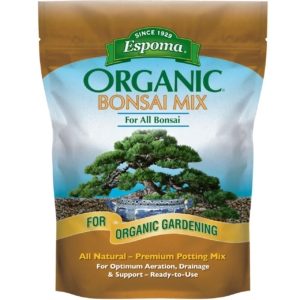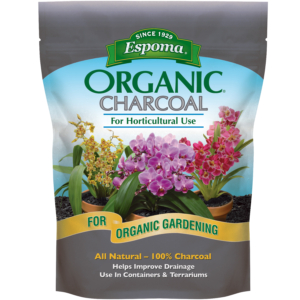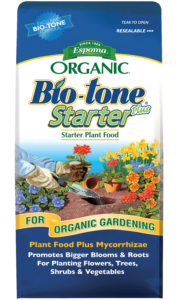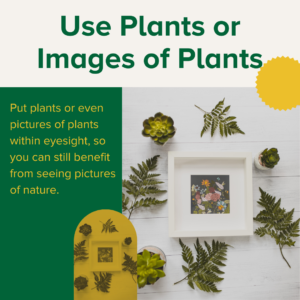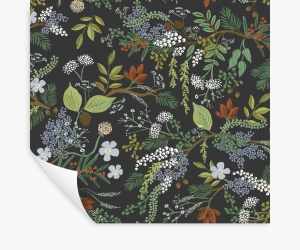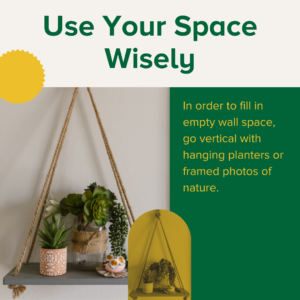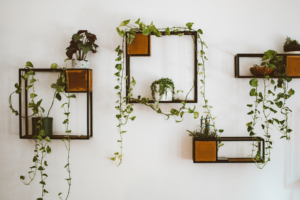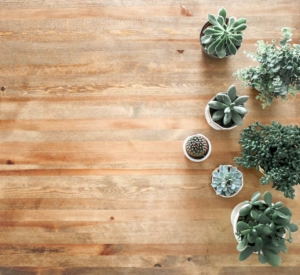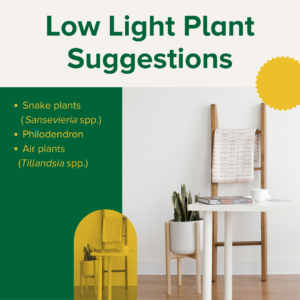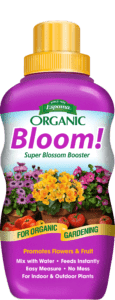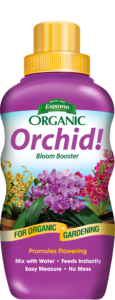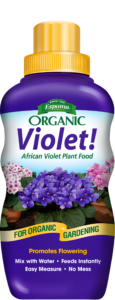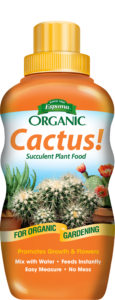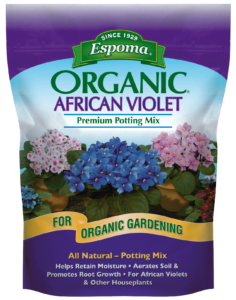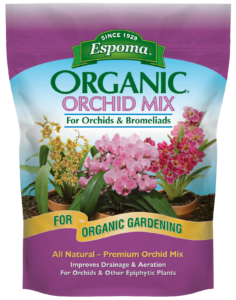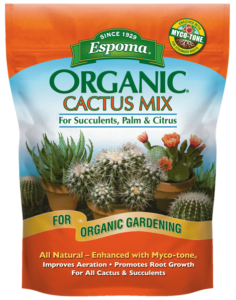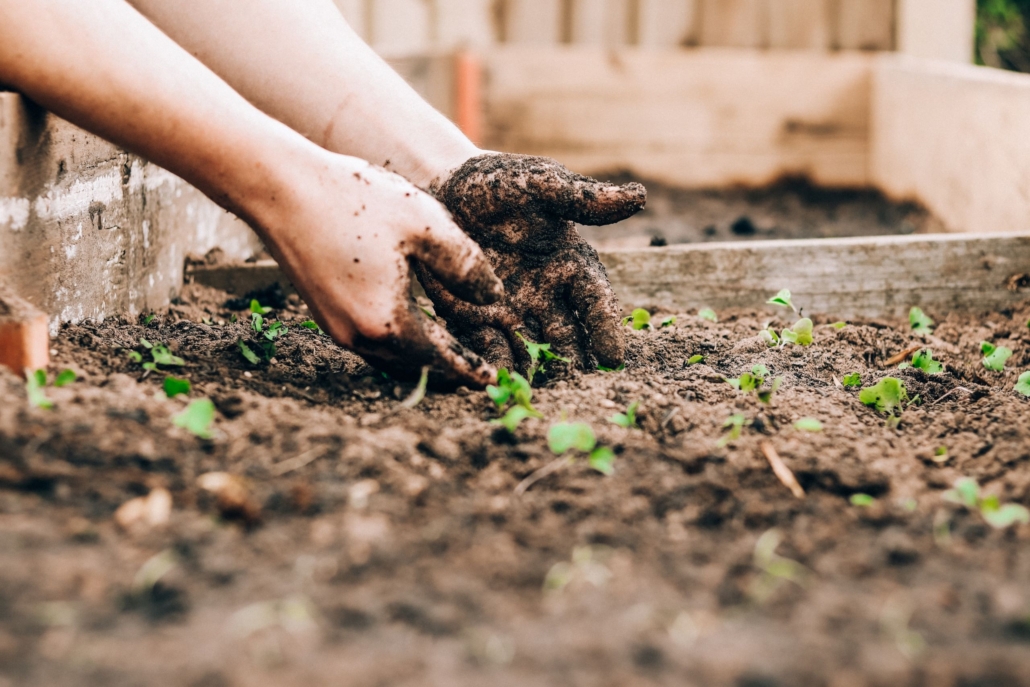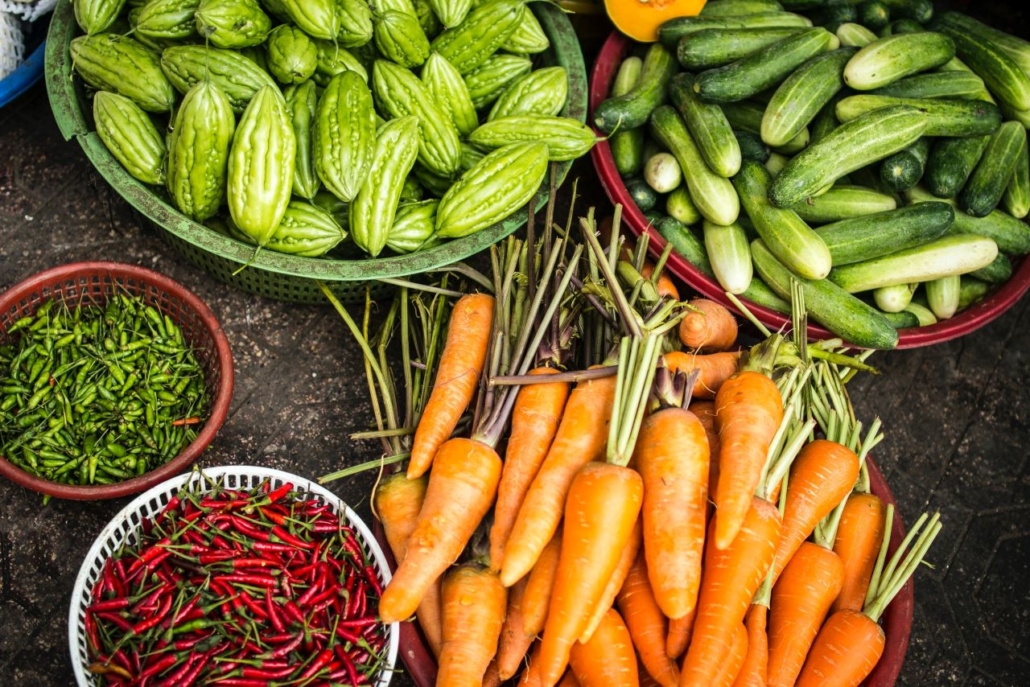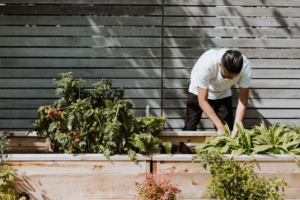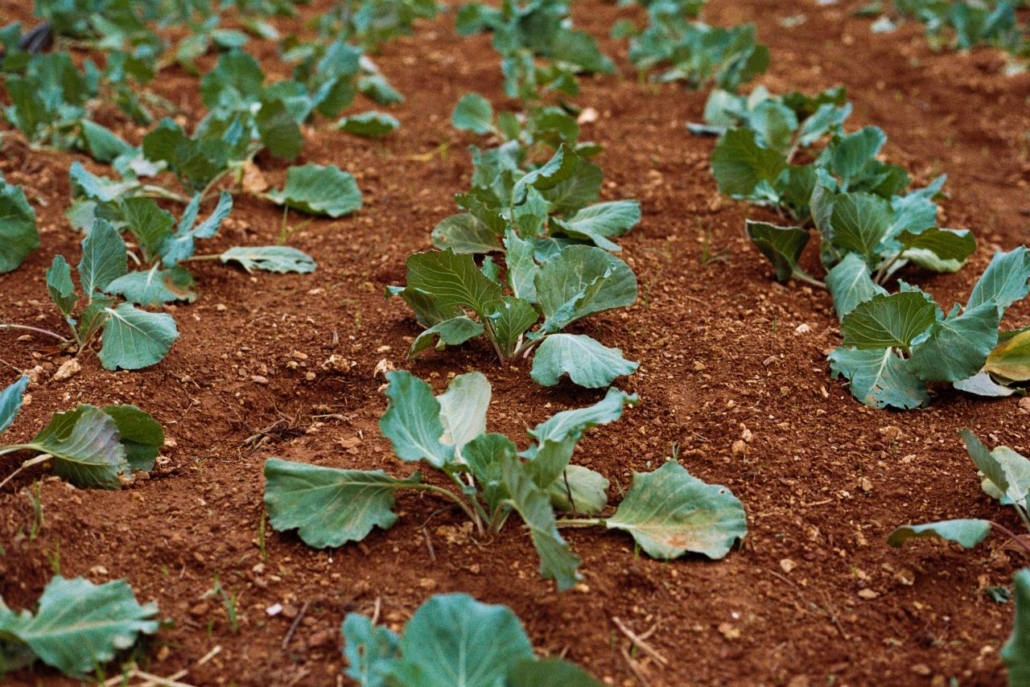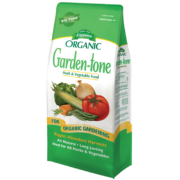Growing Joy with Maria Blog: Succulent Care 101
Succulents are controversial plants in the houseplant community. The trouble with succulents is that they’re often described as “impossible to kill.” This sets up unrealistic expectations—when the inevitable happens and they die, it only reinforces the idea that you’re a failure at plant parenting.
This blog is inspired by Episode 190 of the Growing Joy with Maria Podcast, where host Maria Failla interviewed succulent expert Andrea of Justsuccit.com to give you tips for growing happy, healthy succulents inside your home.
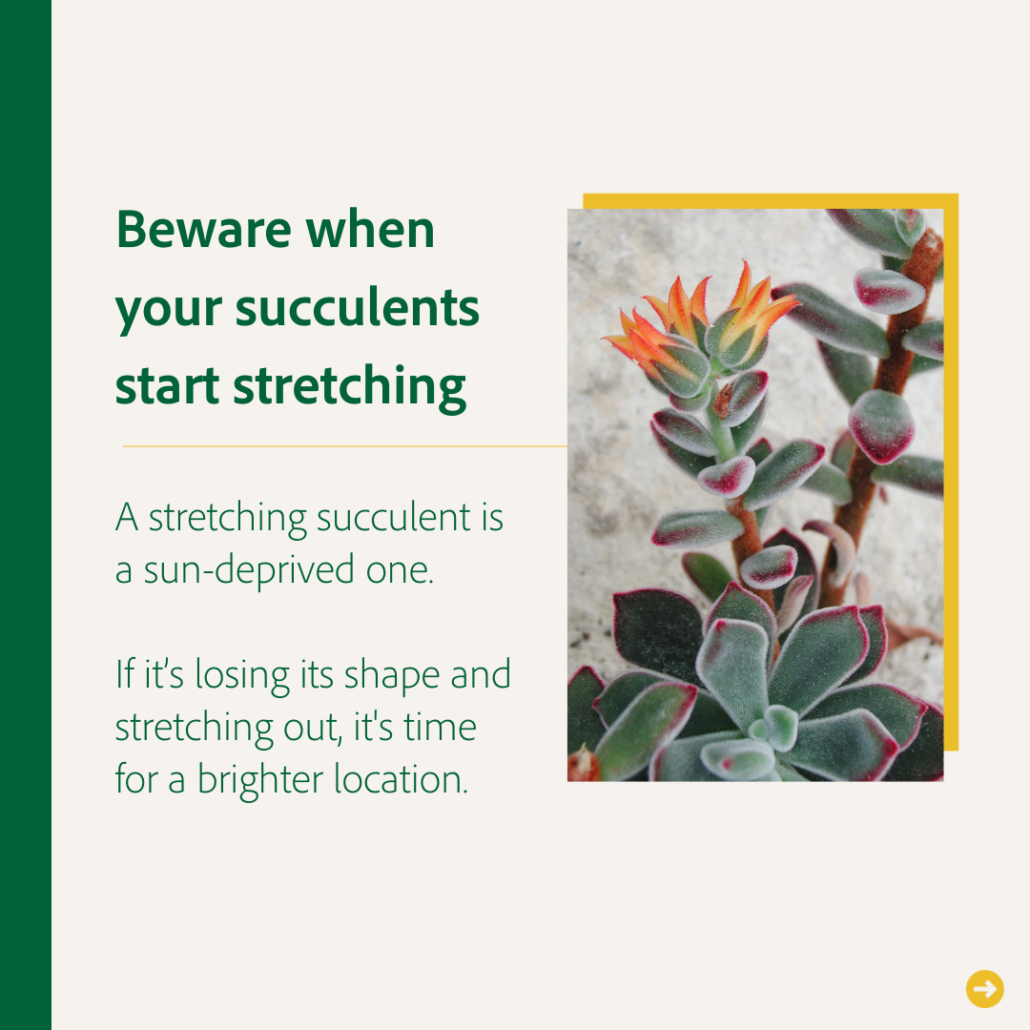
One very common misconception is that when a succulent starts stretching or etiolating, meaning growing leggy and elongated, that it’s happy and thriving. Actually, the opposite is true—stretching is a sign that the desperate succulent is searching for more sunlight!
So why do succulents die? There are three main reasons:
- Overwatering – This doesn’t mean watering too much at once, but rather watering too frequently. Succulents prefer a thorough watering followed by a complete drying out period before the next drink.
- Inadequate light – Most succulents require several hours of direct sunlight daily. A bright window alone won’t cut it. Southern-facing windows or grow lights are best.
- Lack of airflow – Succulent nurseries actually use fans on their succulents! A small fan indoors can help mimic their natural environment.
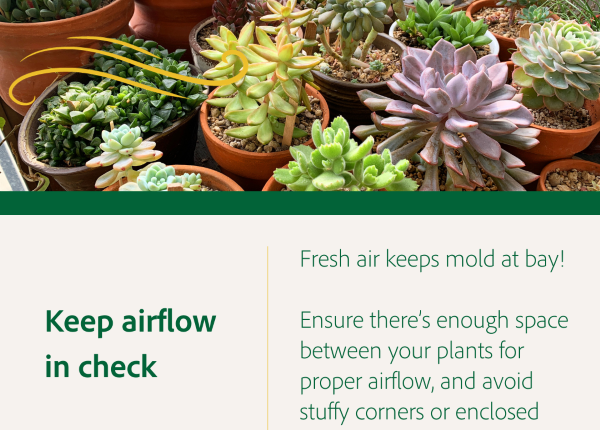
Caring for succulents isn’t extremely complicated, but you do need to get a few key things right.
Before watering, check the soil
When it comes to water, always check the soil moisture first by sticking your finger in the pot. Wait until the soil is completely dry and the plant looks thirsty before watering again. When you do water, give the plant a thorough, deep drink until water drains from the bottom. Then allow the plant to almost fully dry out before repeating.
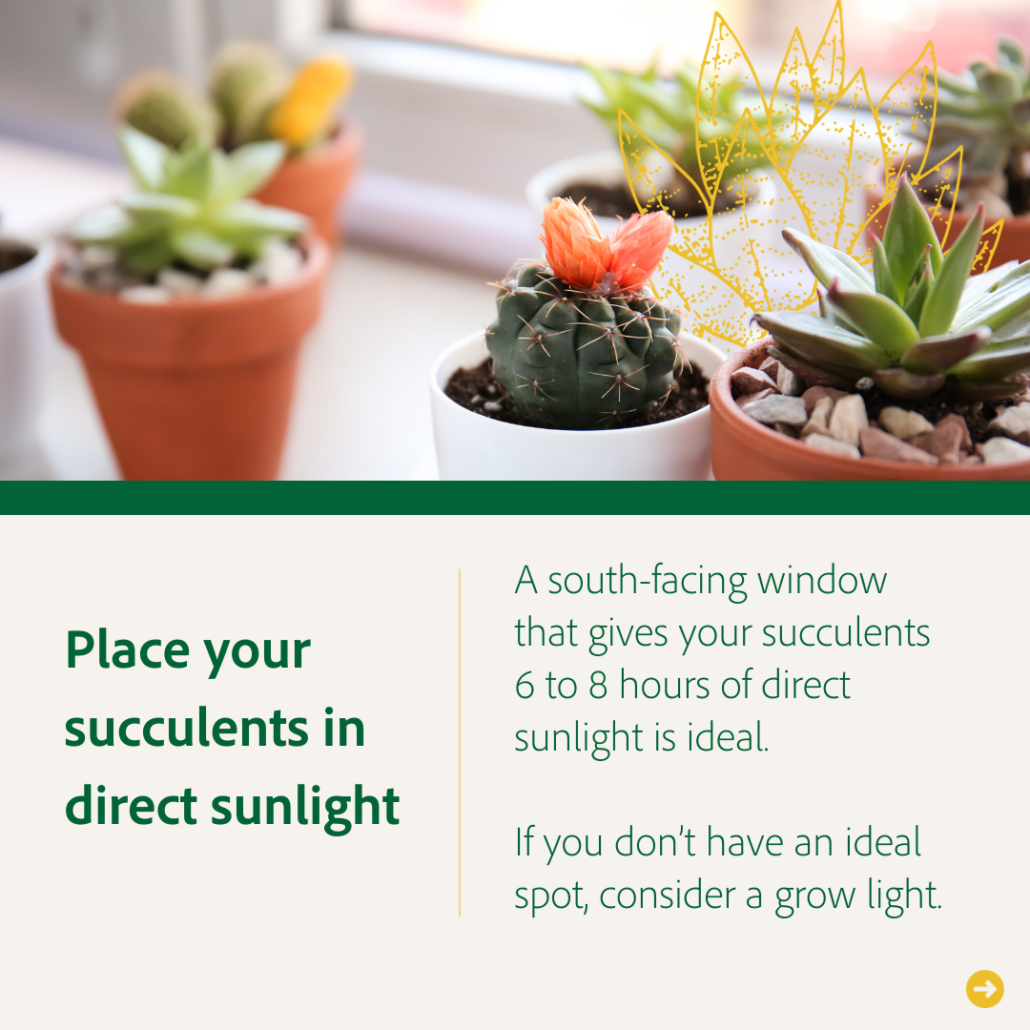
Place your succulents in direct sunlight
Providing adequate sunlight is critical for succulents to maintain their compact shape and vivid colors. Varieties with more intense colors require more light. Outdoor full sun is ideal, but indoors, you’ll need a bright southern-facing window or grow lights.
Place your succulents in fast-draining soil
Succulents require a fast-draining medium like Espoma Organics Cactus Mix to prevent root rot, but you can create your own by amending regular potting soil with perlite, pumice, or bark. One thing—always use containers with drainage holes! Without drainage, you’re just asking for trouble.
Feeding your succulents
While succulents don’t need frequent feeding, giving them a nutritional boost during their growing season can be beneficial. Espoma Organic Cactus! provides essential proteins enhanced with kelp extracts, humic acids, and microbes in a balanced form suitable for indoor succulents.
Succulent Propagation
Propagating succulents is fun and helps them multiply. The easiest method for beginners is leaf propagation.
Carefully twist off fresh leaves with the base still attached. Let the end callus over in a dry spot, then look for baby plantlets or roots emerging as a sign of growth. Once the mother leaf shrivels up, plant the baby in your fast-draining soil and water a bit more frequently than mature plants.
Beginner Friendly vs Advanced Succulents
Some succulents are easier to care for than others. Beginner-friendly plants include:
- Jade Plants
- Snake Plants
- Haworthia
More challenging “advanced” succulents include:
- Lithops
- String of Pearls
What have you learned? With some specialized care related to water, sunlight, and soil medium, you can absolutely grow succulents indoors. Understand their needs, make adjustments, and you’ll stop killing them in no time. Be mindful and patient—their adaptations can teach us important life lessons. Open your heart and let your succulents embrace you!
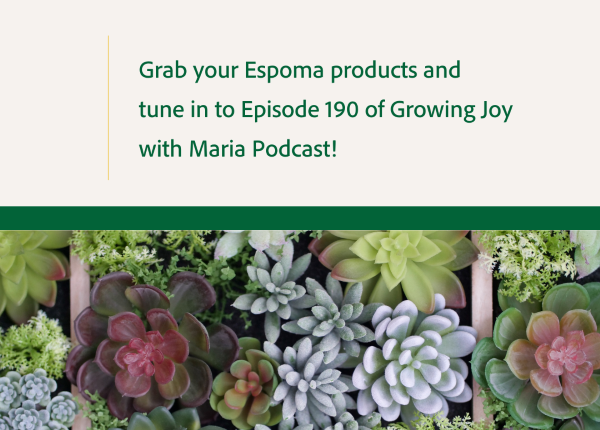
*****
Featured Products:

